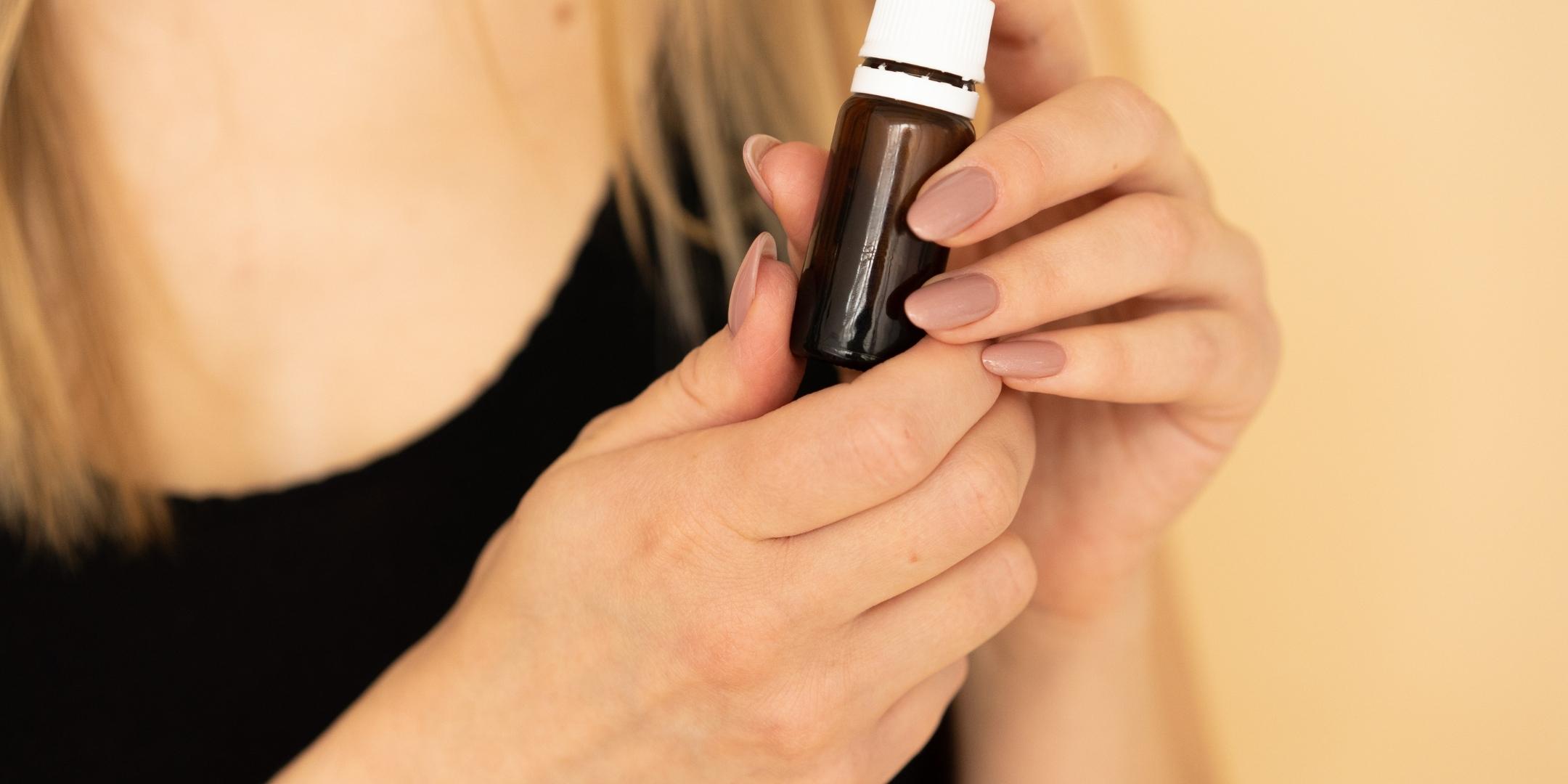A permanent crown cement is a dental adhesive that helps to keep the porcelain and metal components of a crown or bridge in place. This substance is similar to what holds your two front teeth together, except it’s been formulated with ingredients that make it more durable.
Over the years, doctors and dentists have learned that a good permanent crown cement is one of the most critical parts of your mouth because it will help keep your permanent tooth in place. It is especially true for teeth that have been placed in your mouth with metal parts attached, like dental implants or partial crowns.
Like all other dental resins, there are several types of permanent crown cement on the market today. They come in different colors and consistencies, just like regular dental adhesives.
However, each of them will chemically bond to your teeth and dental material reasonably well. While some of them might be more reliable than others, they all work similarly in the sense that they’ll help trap your teeth or dental material while it hardens.
These substances are also made with various ingredients, so knowing how to choose the one that’s right for you can be tricky. Furthermore, let’s learn everything about this type of dental adhesive.
Why Do We Need Permanent Crown Cement?
A permanent crown cement is needed because it helps hold the metal parts of a crown, implant, or bridge in place. It will also hold a tooth in place that has been coated with a filler material. Without this substance, your crown, implant, or bridge could become loose and fall out over time.
The reason for using permanent crown cement is because it helps to harden the tooth. It can be beneficial for those prone to getting cavities or who have suffered dental work in the past.
When a crown is fitted over an existing tooth, the metal parts of your new crown must stay in place. During this process, the permanent cement works to bond the tooth and crown together so that they’re permanently attached.
However, once the permanent crown cement has been put into place, your new crown should be able to stay in place. If your teeth are strong enough to begin with, they should be able to hold the metal components of your crown in place.
If you do not use the permanent cement, the tooth and surrounding bone can degrade over time. It will make it more challenging to hold a bridge or crown made from porcelain and metal in place.
Moreover, some prominent features of permanent crown cement are as follows:
- Permanent crown cement is more robust than other materials used in dentistry.
- It is highly compatible with dental tissues.
- The permanent cement helps close the space between a tooth and surrounding tissue, preventing bacteria from entering or thriving there. In addition, it provides good marginal sealing to prevent leaks.
- They have excellent resistance, even to the most aggressive chemicals. So, they are great for people with a lot of plaque buildup, who tend to be more susceptible to cavities.
- They are safe and easy to use compared to other dental materials on the market. They do not contain any latex or other common allergens, so they are suitable for most people and are safe for children and adults with allergies or sensitivity issues.
What Are The Benefits Of Permanent Crown Cement?
Permanent crown cement is a must-have when you want your permanent tooth or bonding to be solid and well-attached. There are several clear benefits to applying permanent crown cement to your teeth and dental materials.
- One of the many benefits of permanent crown cement is its durability. The Permanent crown cement helps the user achieve a durable and robust attachment. Even though the tooth is attached with porcelain, acid-resistant metal components, or amalgam, the cement will not detach from the teeth over time. In addition, it makes it easy for the user to chew and bite through the tooth.
- Another benefit of permanent crown cement is that it is resistant to discoloration. Thanks to the fact that the resin that makes up this substance does not yellow or discolor over time. It is great for people who want their teeth to stay white as a natural result of having them bonded with metal and porcelain components.
- The Permanent crown cement is long-lasting; it will not crack or break, even in the most difficult of cases. So, even if you have tiny spaces between your teeth where they once were before you had them all removed, this substance will stay in place.
- A significant benefit of permanent crown cement is that it can be used in the most challenging cases – like cases where there’s been a lot of trauma or an existing root canal treatment, and tooth decay are present.
- The Permanent crown cement is also easy to apply and is entirely painless. Once you’ve gotten the permanent crown cement into place, the substance will quickly harden over time. It will ensure that your tooth is securely in place and cannot be easily knocked out of place.
What Are The Different Types Of Permanent Crown Cement?
There are many great types of permanent crown cement on the market today. Although some of them might be more reliable than others, they all work similarly in the sense that they’ll help trap your teeth or dental material while it hardens.
However, different types of permanent cement are as follows:
- Glass Ionomer
A glass ionomer is a permanent cement made of glass powders and polyacrylic acid. It is available in glass (made of water, itaconic acid, tartaric acids, and maleic acid) and powdered versions (made of aluminum oxide, calcium, and zinc).
The Glass Ionomer cement is highly porcelain-and/or metal-compatible, and it can be firm if appropriately applied. Dentists mostly prefer it for crowns, bridges, posts, and inlays. Additionally, it provides great tenacity and can be an excellent choice for those with many decays or who have undergone root canal treatment.
- Composite Resin
It is another kind of permanent crown cement used for bonding metal and porcelain. It comprises acrylic resin, polyglycol, acrylic acid, sodium silicate, and tetraethyl lead. This substance has a low viscosity, making it easy to pour into smaller spaces in the mouth.
The Composite Resin has high insolubility properties, making it perfect for permanent restorations.
- Zinc Phosphate
Zinc phosphate is one of the most widely-used substances on the market because it is highly flexible, and once it has been placed, it sticks to your teeth and other materials such as porcelain.
Moreover, it is the original cement, usually used to prepare crowns, inlays, onlays, orthodontic appliances, and partial dentures. This cement has a very high film thickness, compressive strength, and tensile strength, making it hard to beat.
- Zinc Polycarboxylate
Zinc polycarboxylate is a permanent bonding cement used for teeth and dental materials composed of iron, stainless steel, and aluminum. It is a highly effective restorative material that makes it great for use on bridges or crowns.
In addition, it is what many dentists use as a last resort since it is also firm and long-lasting. This substance has the highest tensile strength of all the materials used in dentistry today.
The Technique Of Applying Permanent Crown Cement
The technique of applying permanent crown cement is pretty simple, but it takes a lot of practice and time to master. Here is a detailed explanation of the steps involved.
- Thoroughly clean the surface of teeth and dental material. Ensuring that the cement bonds well to the item you are repairing are necessary. A Dental suction device can remove hard deposits and plaque stuck to the tooth.
It is placed inside the mouth and is continued to be used for a certain period. The suction then pulls out the plaque and the dental materials to ensure that no residue could interfere with the application of blending cement. Mix up some blending liquid (used in mixing the components) with a gentle brush. This substance will help to remove any excess cement that has been applied.
- The cement mixture is then prepared by mixing its components according to the directions. When combined, the cement should be completely smooth and consistent throughout.
- The substance is applied evenly inside the crowns, carefully covering all interior walls. It is better to take more than one layer to form a stronger bond. Then, let the substance sit for a few seconds before putting it on the surface of the tooth.
Do not try to move it around while you are waiting since this could cause the substance to crack and become brittle.
- The next step is to place the crown/dental material in place. The substance should be dried according to instructions before applying to the tooth’s surface. If this is done correctly, you will achieve a good result.
- Lastly, after placing the crown on top of the tooth, the patient is asked to bite down on it so that the substance can be placed in its proper position. When you are biting down, it causes the restoration to become softer and more malleable, which helps it to mold into place around the tooth.
After some minutes, bite pressure is released, and then you can go about your regular activities.
What Are The Precautions Of Permanent Crown Cementation?
Permanent cement does not usually cause any problem if used properly. However, there are some precautions that you should take before and after using it on your teeth and dental materials. Few precautions that you should take before you use this substance include the following:
- On the day you are scheduled for your permanent restoration, you should avoid eating or drinking anything two hours in advance. It will ensure that the cement can be applied without interfering.
- It would help if you did not smoke before the procedure because it can cause gum irritation, which is not good when coping with inflammation and sensitivity. Make sure to get any habit off your body before undergoing this procedure.
- Avoid taking certain types of medication like aspirin. It can cause bleeding or swelling.
- If you have had surgery or a drug that causes you to be sensitive, make sure that your dentist knows this in advance so they can take extra care and precautions when applying the permanent crown cement to your teeth and dental materials.
Moreover, there are a few precautions that you should take after using permanent crown cement:
- Do not eat or drink for a while to ensure that the cement has completely dried on your teeth and dental materials.
- Avoid sticky or hard food or drinks on the days that follow for at least two weeks. It is because the substance hardens over time, and this can cause it to crack and become brittle.
- You must go back to your dentist every two weeks for a checkup. The dentist will examine the crown cement and ensure it is not cracked or brittle.
- Brush and floss your teeth before and after any procedure to ensure that they are free of any residue.
Therefore, the correct procedures and precautions should be taken to ensure that you are safe from any side effects, especially when using this type of substance.
Conclusion
Permanent crown cement is a permanent restoration used on teeth, dental materials, and even dental bridges. This substance hardens to the point where it becomes very durable. Applying it correctly is vital since this will ensure that the restoration will last for many years.
With proper precaution and appropriate methods, you should not have any problems with this product as long as you are careful and follow instructions carefully. In conclusion, permanent crown cement is solid and durable.
Its strength is certainly something you would not expect from a substance applied in the mouth. This type of substance will provide you with years of service, so ensure that you are thorough when using it to ensure no mistakes.
FAQ
Why is it important to make sure that the substance is dry before applying it to teeth?
If you apply the cement too soon, you could cause the substance to crack and become brittle. When this happens, it can easily break while biting down on it and can cause damage to your teeth and oral tissue. Therefore, make sure that the cement is completely dry before proceeding with this procedure.
How long does permanent crown cement last?
This type of substance can last for many years of service if applied correctly. Over time, it can become brittle and crack in places where the crown touches other teeth or on the tooth’s surface, but it can last for years without causing any problem with proper care.
What are the discomforts associated with this substance?
Some people experience a burning sensation or even a feeling of tingling on the parts of the tooth that are being cemented. It does not usually last for more than a week after the procedure is completed, but make sure to watch for it and contact your dentist if it doesn’t go away.
Does the substance harden instantly?
No, most of the time, it takes about 5-10 minutes for the material to become hard and durable enough to apply to your teeth and dental materials. However, certain types of material harden in a shorter amount of time. However, if you wait too long before applying it to your teeth, you will have to wait until it has dried completely before proceeding with this procedure.









